|
VERSILAEV HYBRIDS (DIPLOID)
Hybrids between forms of the North American Iris versicolor (2n= 72 to 108) and forms of the East Asian Iris laevigata (2n=32). Such hybrids are normally sterile at the diploid level, because the chromosome numbers of both parents are highly different. Versilaev hybrids are stable and hardy garden plants, which can be grown on drier soil than both parent groups. The size of the flowers is between those of the two parent groups.
|
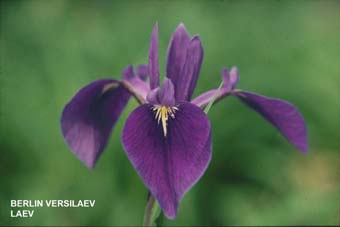
|
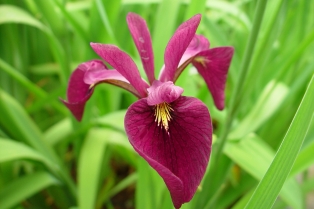
|
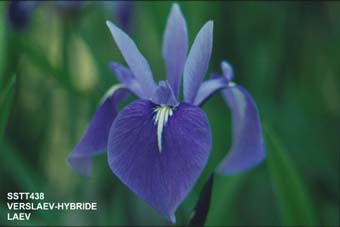
|
|
BERLIN VERSILAEV (Reg. 1988)
|
SSTT934
|
VERSILAEV PRINCESS (Reg. 2001)
|
|
|
|
|
|
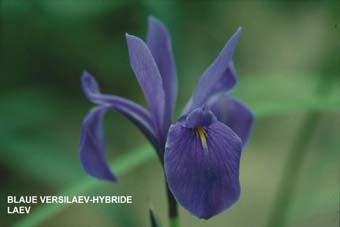
|
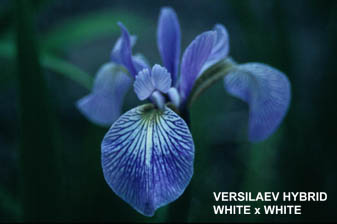
|
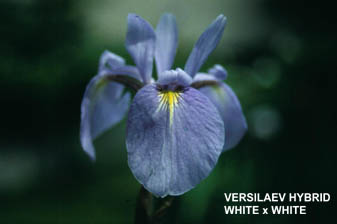
|
|
Versilaev-Hybriden, die durch Kreuzung jeweils zweier wei▀er Eltern entstanden sind
|
|
VERSILAEV HYBRIDS (TETRAPLOID)
Hybrids which can be derived from the same species as diploid Versilaev hybrids, but have double the number of chromosomes and, therefore, larger flowers. They can either be produced directly by colchicine treatment or as a result of crosses between tetraploid parent plants. Such hybrids are fertile: in the process of the reduction of chromosome numbers during the production of sexual cells each chromosome, due to the tetraploid structure, finds an analogue counterpart chromosome of its own kind.
|
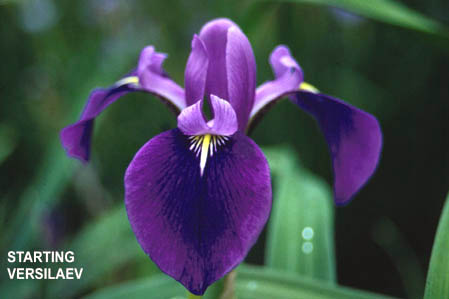
|
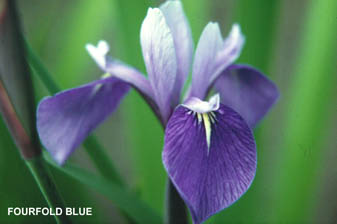
|
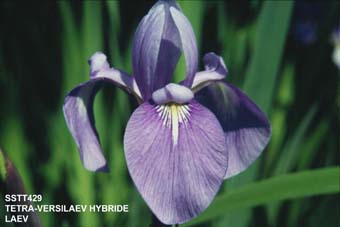
|
|
STARTING VERSILAEV (Reg.1993)
|
FOURFOLD BLUE (Reg. 1997)
|
SSTT429
|
|
Tetra-Versilaev hybrids can be crossed back to tetraploid Iris laevigata. With such a back-cross we were for the first time successful in 1999. The three following pictures show tetraploid 3/4-Laevigata-1/4-Versicolor hybrids, produced by crossing STARTING VERSILAEV and SSTT429 back to a tetraploide Iris laevigata, that was available to us for a short time. The flowers are larger than those of the Tetra-Versilaev parent plants.
Back to Frontpage Iris hybrid listing Forward to Diploid Chrysata hybrids Daylily breeding Plant offer
|